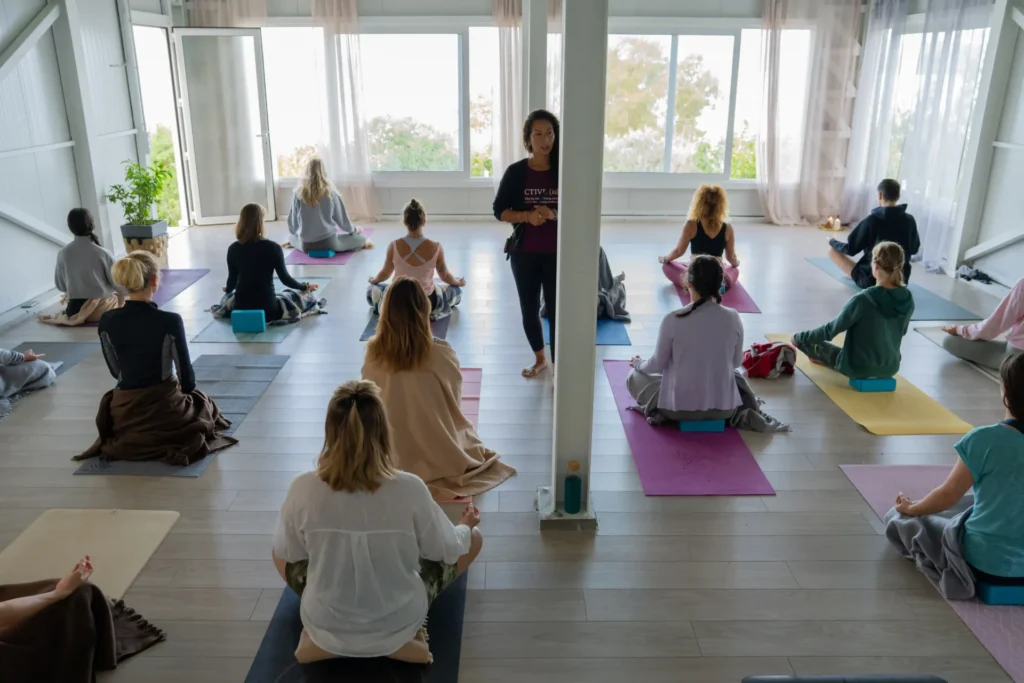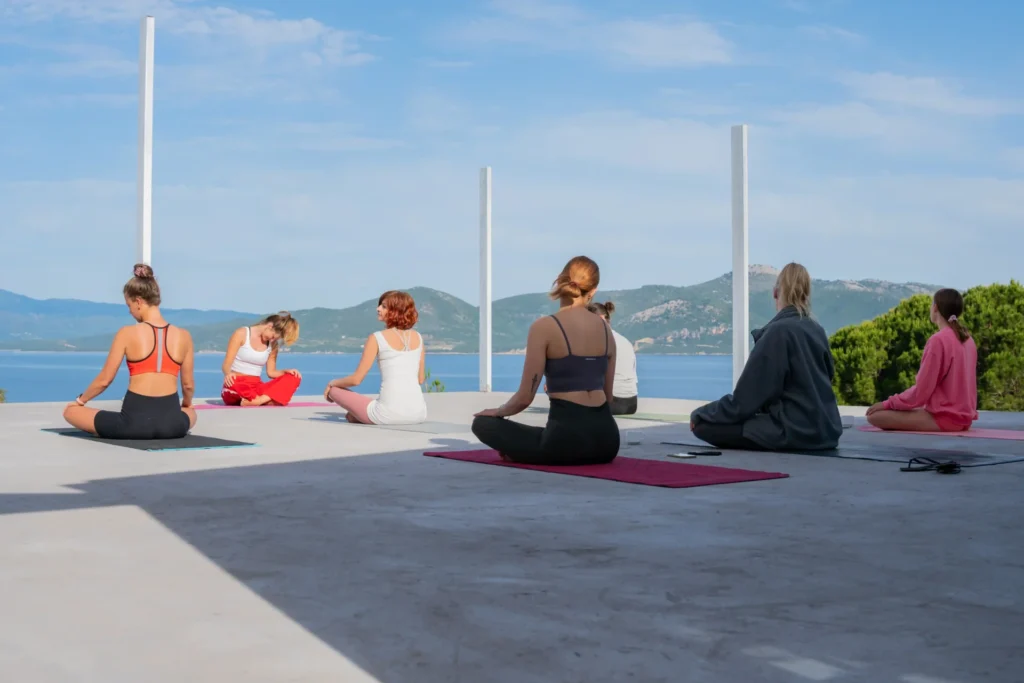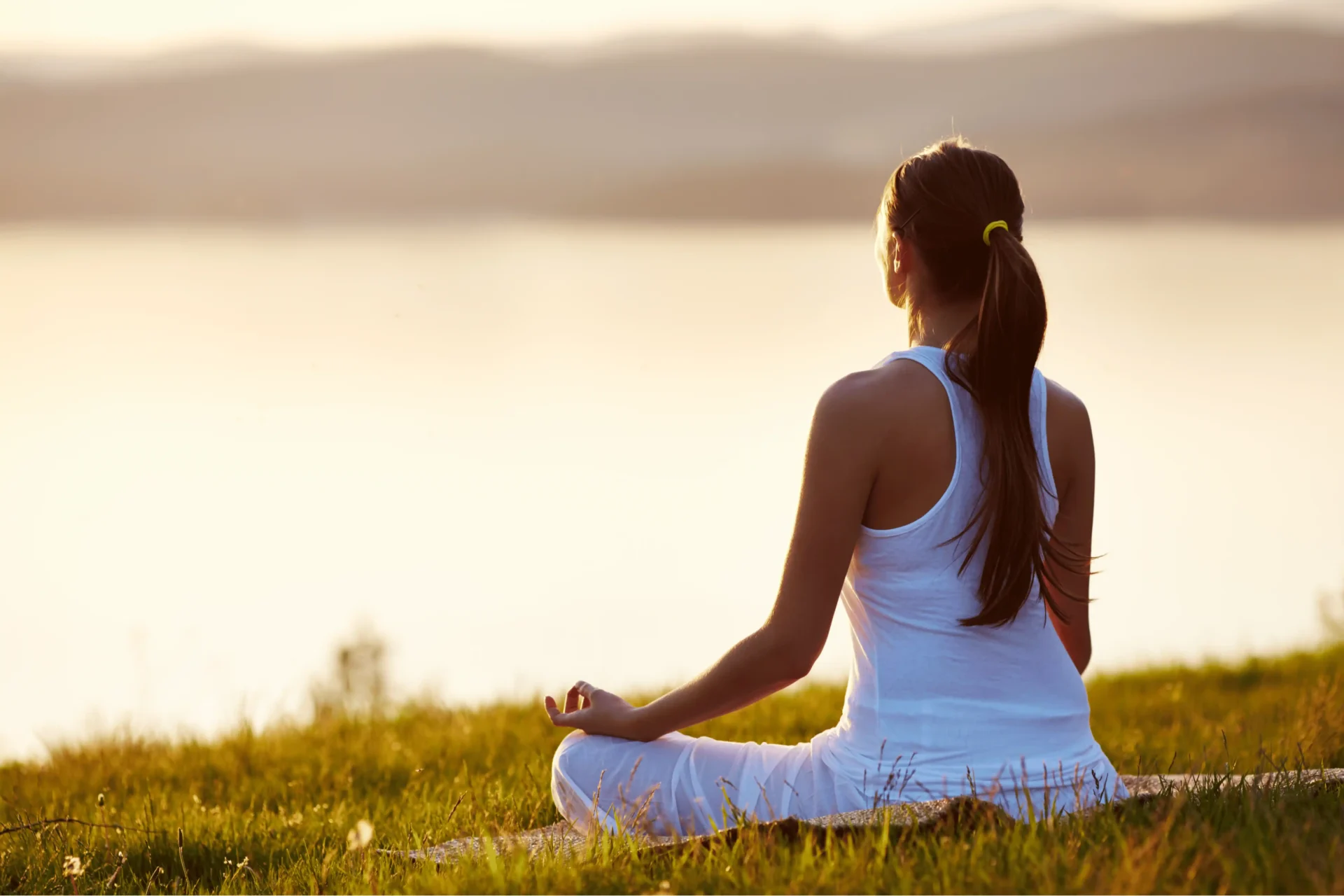Imagine a simple practice that connects your body and mind, boosts your energy, and brings deep calm all through conscious breathing. Pranyama has been a treasured tool for yogis for centuries, helping transform wellbeing and elevate practice.
In this guide you will discover the most effective pranyama techniques and how they work. You will learn to choose the right breathwork to suit your needs and enhance your daily life. So, keep on reading.
What Is Pranyama?
In Sanskrit, prana means life force, and ayama means expansion or control. Pranyama is the practice of regulating the breath to influence the flow of prana within the body. As one of the eight limbs of yoga outlined in the Yoga Sutras of Patanjali, pranyama serves as a bridge between the physical and meditative aspects of yoga.
Through controlled breathing techniques, pranyama can support physical vitality, emotional balance, and mental clarity. It’s often practiced before meditation or as a standalone ritual for energy management and relaxation.
Types of Pranyama Techniques
Let’s explore the most common types of pranyama techniques, grouped by their core function.
Energising Techniques
These techniques are stimulating and invigorating. It’s ideal for mornings or when you need a burst of energy.
- Bhastrika (Bellows Breath) features strong, rhythmic inhales and exhales that increase oxygen intake and stimulate metabolism. Due to its intensity, it should be avoided by those with high blood pressure or heart issues.
- Kapalabhati (Skull Shining Breath) uses sharp, forceful exhalations with passive inhalations. It clears sinuses, detoxifies the lungs, and boosts energy, making it ideal for morning practice or a yoga warm-up.
Calming Techniques
Designed to soothe the nervous system, calming pranyama helps reduce stress and anxiety. These are great for winding down or preparing for meditation.
- Chandra Bhedana (Moon-Piercing Breath) is a slow inhale through the left nostril and exhale through the right. It cools and calms the body, easing stress and anxiety, especially before sleep or in tense moments.
- Nadi Shodhana (Alternate Nostril Breathing) involves inhaling through one nostril while closing the other, then exhaling through the opposite side. This balanced breath calms the mind and regulates the nervous system, making it ideal for beginners.
- Sheetali and Sheetkari (Cooling Breath) involve inhaling through a curled tongue (Sheetali) or parted teeth (Sheetkari). They lower body heat and soothe nerves but should be avoided in cold weather or if prone to respiratory issues.

Balancing Techniques
Balancing techniques harmonise the body’s energy flow and are useful when you need to refocus or restore equilibrium.
- Anulom Vilom (Alternate Nostril Breathing) without retention, gently alternates breath between nostrils without holding. It soothes the nervous system, balances brain hemispheres, and promotes mental calm. This accessible technique is perfect for beginners or anyone seeking gentle emotional balance.
- Sama Vritti (Equal Breathing) involves inhaling and exhaling for the same count, such as four seconds each. This steady rhythm improves focus, calms restlessness, and helps manage daily stress. Its simplicity makes it ideal for maintaining mental balance.
Advanced Pranyama Practices
For experienced practitioners or those under guidance, these techniques offer deeper benefits.
Ujjayi (Victorious Breath)
Ujjayi or victorious involves breathing through a slightly constricted throat, producing a gentle, ocean-like sound. This technique helps generate internal warmth and enhances concentration, making it particularly useful during dynamic yoga styles such as Vinyasa or Ashtanga. By focusing on this steady, controlled breath, practitioners can maintain rhythm and calmness throughout their practice.
Bhramari (Bee Breath)
Bhramari or bee breath is characterised by a soft humming sound produced during exhalation. This gentle vibration soothes the nervous system, making it highly effective for reducing anxiety, calming the mind, and improving sleep quality. Its calming effect makes Bhramari a popular choice for relaxation and stress relief.
Kumbhaka (Breath Retention)
Kumbhaka or breath retention refers to the intentional holding of the breath either after inhaling or exhaling. This advanced practice builds lung capacity, strengthens respiratory muscles, and enhances mental clarity. However, due to its intensity, Kumbhaka is not recommended for pregnant individuals or those with cardiovascular conditions, as it requires careful guidance and awareness.

Choosing the Right Pranyama for Your Needs
Depending on your physical state and emotional needs, you can choose a pranyama technique that supports your daily rhythm:
- Need energy? Try Kapalabhati or Bhastrika in the morning
- Feeling stressed? Nadi Shodhana or Chandra Bhedana can help calm your mind
- Seeking balance? Turn to Sama Vritti or Anulom Vilom to stabilise your breath and focus
Benefits of Regular Practice
Incorporating pranyama into your daily routine brings many physical, mental, emotional, and spiritual benefits. Physically, it enhances lung capacity and improves oxygen flow, supporting overall vitality and aiding natural detoxification. It also helps strengthen the immune system, making the body more resilient to illness and fatigue.
Mentally, pranyama calms the mind by reducing anxiety, mental clutter, and racing thoughts, creating space for clarity. It improves focus and concentration, making it easier to stay present during daily tasks or meditation. Breath awareness also promotes mindfulness, helping manage stress and reconnect with oneself.
Emotionally and spiritually, this practice fosters inner peace and emotional balance by soothing intense feelings. It deepens awareness of the present moment and strengthens the connection between breath, body, and mind. Regular practice also prepares the system for meditation, enabling deeper relaxation and insight.

Final Thoughts
Pranyama offers a variety of techniques to energise, calm, and centre both body and mind. By exploring these practices with intention, you can deepen your yoga journey and enhance your overall well being.Ready to take the next step? Discover pranyama and more in-depth breathwork by enrolling in yoga teacher training courses at Yoga Union Bali. Contact Us to Let your breath guide you to a more present and peaceful self.

